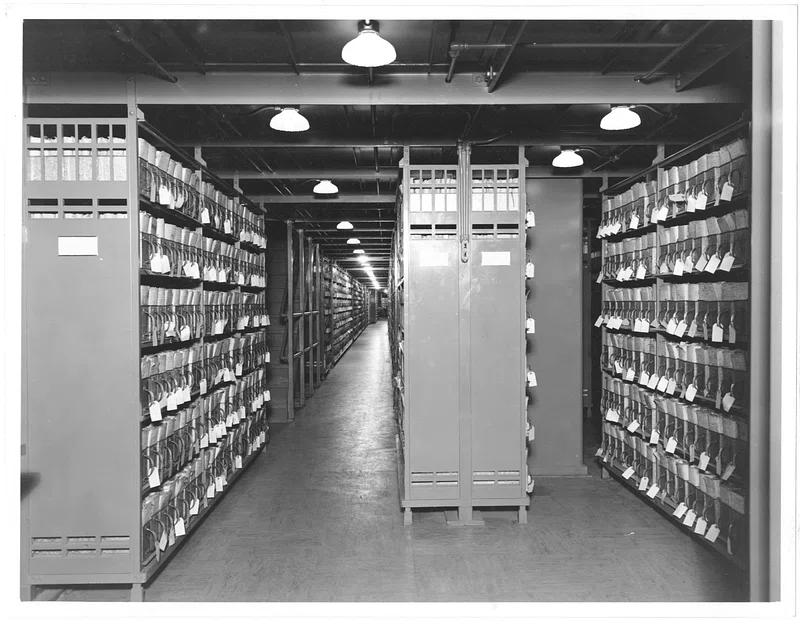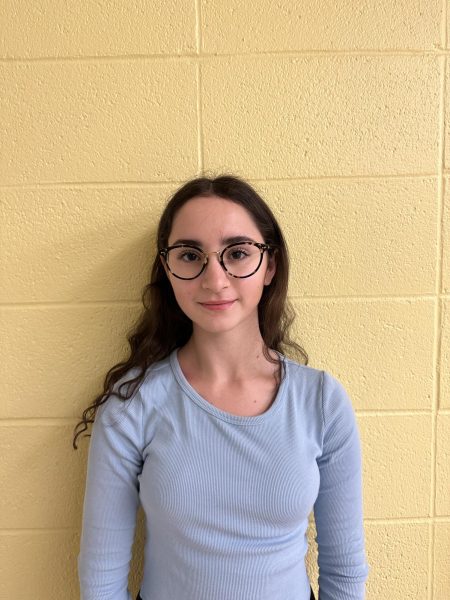Throughout the 1960s and ’70s, child psychiatrist Peter Neubauer conducted a study along the premise of “Nature vs. Nurture.” His research involved the separation of 8-11 sets of twins and a set of triplets. In 1990, a decade after Neubauer’s practice was terminated, the Jewish Board (a New York-based clinic, which Neubauer was director of at the time) devised to store the locked records at Yale. Terms by the Jewish Board stipulated that the organization authorized the ability to approve (or deny) all invocation to access the records, according to Yale’s Beinecke Rare Book and Manuscript Library.
Beginning his research in the year 1960, Dr. Peter B. Neubauer experimented with whether a person’s characteristics were shaped by “nature”—genetics and all biologically inherited factors—or “nurture”—variables in the environment of your upbringing. To compare the two different concepts, Neubauer attained his subjects via Louise Wise Services, a New York-based adoption agency. All of his later studies were managed through the agency, alongside psychiatrist Viola Bernard.
Neubauer’s objective was unknown. Through the Louise Wise Services, Neubauer separated twins and triplets during their early childhood, placing them in different adoptive homes. As time progressed, he would visit the children and track their development. “Home visits and child testing were conducted for years following the placements,” according to StatNews. “Families were told that these were part of routine monitoring after adoption.” Adoptive parents were never informed of their child’s reasoning for adoption.
Neubauer’s records are to remain sealed until October 25, 2065. The majority of Neubauer’s subjects, who are now adults, struggle to find their twin who was a part of the study. However, there are some exceptions. For instance, the reunion of triplets Edward Galland, Robert Shafran, and David Kellman brought Neubauer’s work into the spotlight. Born on July 12, 1961, the triplets were split up at 6 months of age by the Louise Wise Services. The siblings were raised within a 100-mile radius of one another. As he did with the rest of his subjects, Neubauer visited the siblings for the first decade of their lives. While each of the triplets grew up in the New York area, they had no idea there was another part of them in the world until they went to college. Upon arriving at Sullivan Community College in 1980, a student attending the same university, Michael Domnitz, asked Robert Shafran if he was adopted. A friend of Edward Galland, Domnitz called Galland, and introduced him to Shafran because of the resemblance he noticed between the two men. A few months later, the third triplet, David Kellman, saw a news headline about “reunited twins” and noticed that his face looked shockingly similar to those of the “twins,” as stated by the New York Post. Ecstatic about their reunion, the triplets did everything together. By 1988, they had opened their restaurant, “Triplets Roumanian Steakhouse” in Soho, New York City.
Following the aspect of “Nurture,” each triplet was placed in a different household environment. “Kellman’s father, a grocery store owner, was a warm and loving man who eventually became affectionately known as ‘Bubula’ to all three of the young men. Shafran reports his upbringing to have been slightly more reserved, with his doctor father often away. Galland clashed with his father, who, according to the filmmaker Tim Wardle, “had a different idea of what men should be,” according to the New York Post. While their environments during upbringing were different, all three triplets showed signs of mental issues. The most prominent was Galland. After his destructive upbringing, he found his relationship with his brothers to be a “fresh start.” The issue with trio’s though, is that there is always an odd one out. As life continued for the brothers, they went down different paths. All three of the brothers started families of their own. At some point, Edward moved in across the street from Kellman. Yet, nothing eased his distress. Showing increasing symptoms of BPD (Bipolar Disorder), Galland committed suicide in 1995.
Following Galland’s death, the other two brothers slowly separated from each other. Edward’s suicide only finalized the tension that had been building between the two brothers. Only a few years after the opening of the trio’s restaurant, Shafran had left, which had put a “strain on his relationship with Kellman,” according to the New York Post. Only recently had the two brothers reconciled. In 2018, the film Three Identical Strangers, directed by Wardle, was released. It tells the triplet’s story, including Shafran and Kellman themselves.
Today Shafran and Kellman continue with their lives. Shafran has since relocated to Brooklyn, and Kellman still resides in New Jersey. Although Neubauer’s studies specifically are sealed until much later, the two siblings have gained access to thousands of records from the collection. Yet everything the two received was specifically about them, not about each other.
Nearly two dozen siblings are still separated from one another as a result of Neubauer’s studies. Though DNA and ancestry programs can help subjects find one another, Neubauer’s records are the ultimate key. As mentioned above, it will take 41 years until those secrets can be let out, and many subjects (and involved psychiatrists) may not be alive by that time. Although Neubauer’s intentions were in the “name of science,” his unethical approaches destroyed many lives and broke many relationships that contained so much potential. Twins and triplets share a connection different from any other on Earth. Disrupting that connection leaves a lasting scar, mentally, on the recipients, as depicted by Edward Galland. In the modern world, with much more proven research behind psychiatry, studies similar to Neubauer’s can continue with a more ethical approach, without leaving as much damage in their wake.












































































































































